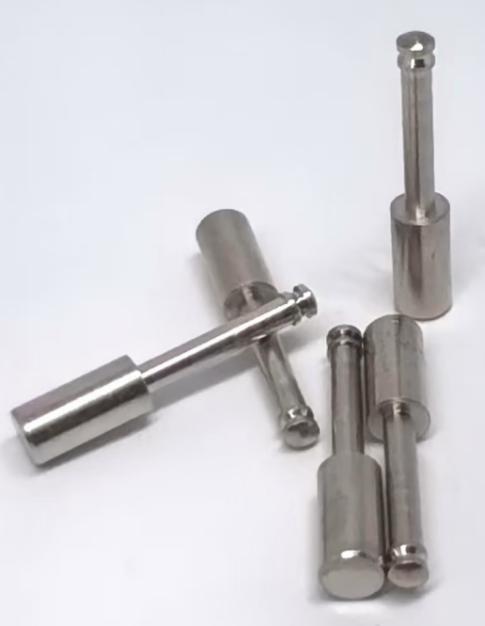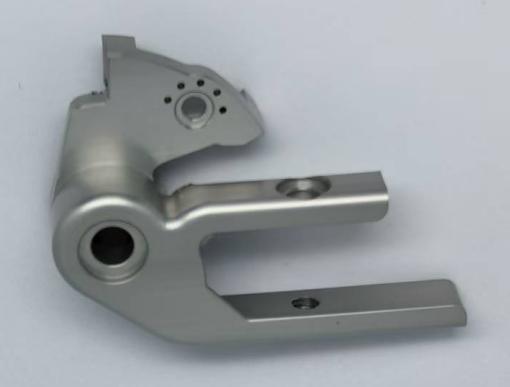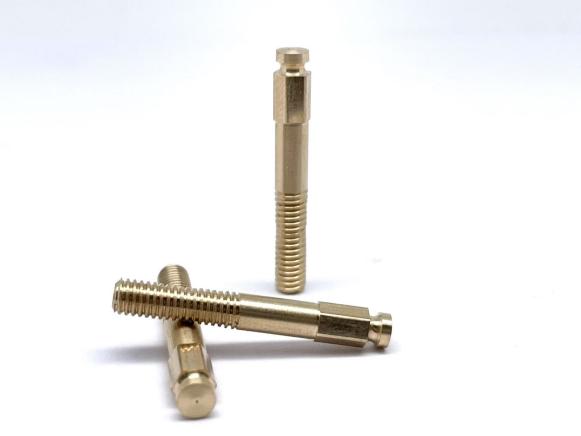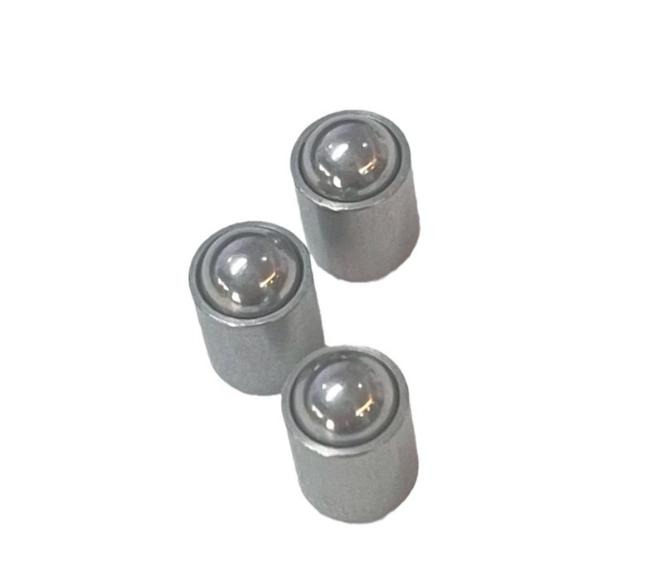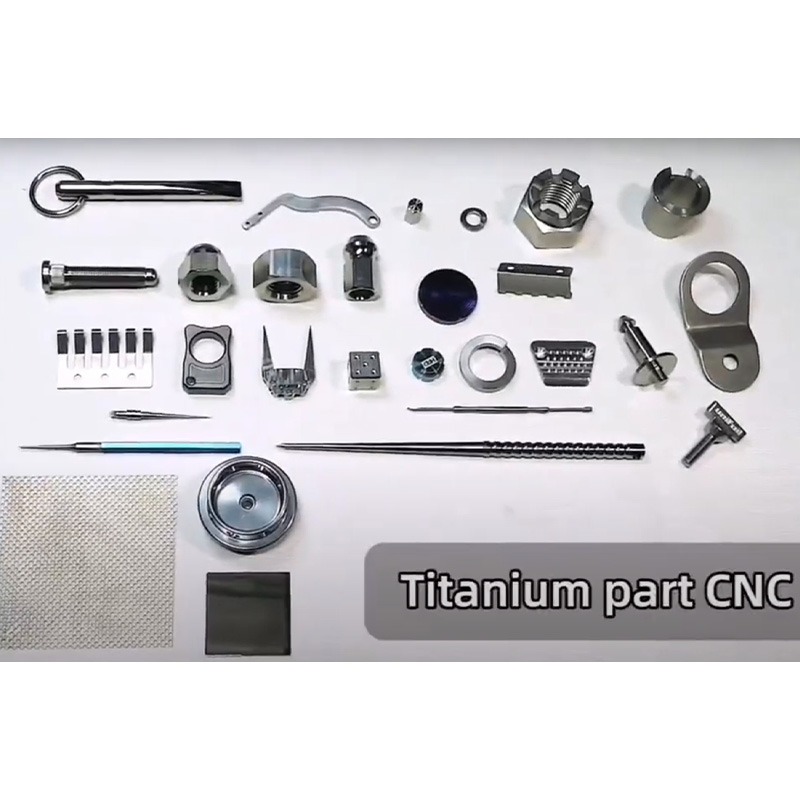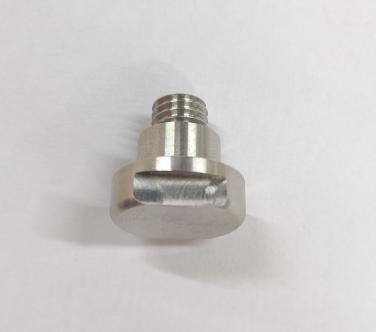How to Improve the Surface Finishing of CNC Parts?
CNC machining provides tremendous value in creating accurate and intricate components in the aerospace, medical, automotive and electronics industries. Although the benefits of advanced machining techniques are significant, the surfaces of newly-created components may still require improvement as roughness, burrs, and signs of tooling which may detract from appearance and function. Each of these surface impacts can affect the component’s efficiency and appearance.. Therefore, improving surface finishing of CNC parts is significant in enhancing functionality and aesthetic integrity.

Table of Contents
Why Surface Finishing is Important for CNC Parts
Enhancing Durability and Corrosion Resistance
One of the reasons surface finishing is important is because of the level of mechanical elegance and refinement CNC parts may require. Raw metals like aluminium or steel are easily oxidized or corroded in difficult conditions. Surface finishing methods such as anodizing, plating, or powder coating establish a protective barrier to the surfaces of CNC components that have the potential to yield reliable and high performance in extreme conditions.
Enhancing the functional performance of parts is the other, more mechanised, side of surface finishing. Crafting unblemished interface surfaces which interact and are lubricated in service as well as worn is the concern of surface finishing. Particularly in precise industries such as aviation and automotive, surface finishing is vital.
Improving Functional Performance
Every CNC surface finishing has its own unique characteristics that greatly shape the interactions between the part and its surroundings. The overall addition of a surface reduces friction, and overall increases the mechanical functionality of the components. Components in the aerospace and automotive industries also gain additional benefits such as reduced wear, improved fits, and overall increased operational safety.
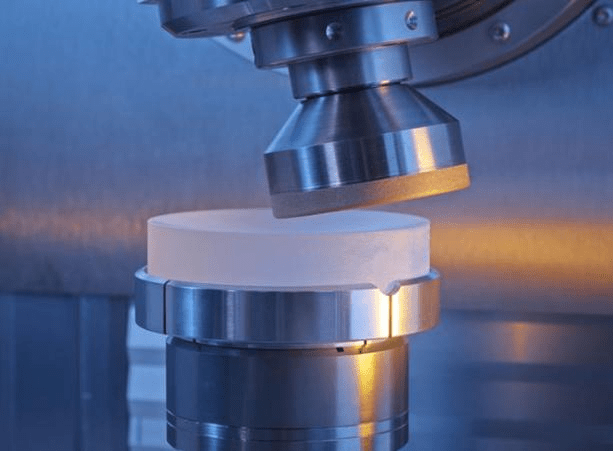
Meeting Industry-specific Requirements
From the medical field to electronics, different industries have their individual CNC part requirements. Medical devices often require stainless steel that has undergone electropolishing, while electronics may need conductive coatings to improve signal transfer. Surface finishing enables manufacturers to fulfil such unique obligations; thus, it remains a crucial step to achieving compliance with rigid regulations.
Elevating Aesthetic Appeal
The surface finishing process alters the performance of products and also encourages the placing of an order in the first place. There is a significant difference between an unfinished part of a machine and a melted and polished part. A prime example is any consumer electronics device in which the form of the device and the feel of the exterior case are equally important as the functionality of the device.
Supporting Precision and Quality Control
Surface finishing processes play an important role in improving the performance of devices by removing elements that contribute to a loss of efficiency. With regards to CNC parts, surface finishing standards assist in achieving precise, defined, and detailed perfection. Therefore, surface finishing enables manufacturers to attain the desired surface quality, thus helping in producing a reliable part.
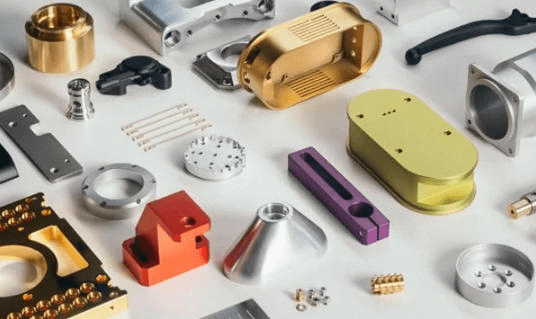
Techniques for Enhancing Surface Finishing of CNC Parts
Surface finishing techniques are applied to improve durability, aesthetics and overall performance of the CNC part surfaces.
1. Polishing
Polishing works by removing subtle imperfections to arrive at a smooth, reflective surface. This technique is useful for medical devices, optical components, and consumer electronics where aesthetics and cleanliness are a priority. Polished surfaces also minimize friction and are thus preferable for components that engage with moving parts.

2. Bead Blasting
Bead blasting works by propelling fine glass or ceramic beads at high speeds to attain a uniform matte texture. This finish is preferred in automotive and aerospace engineering, as well as other industries, for its lack of reflectivity and professional appearance. It is also useful for hiding machining marks and achieving uniformity across surfaces.
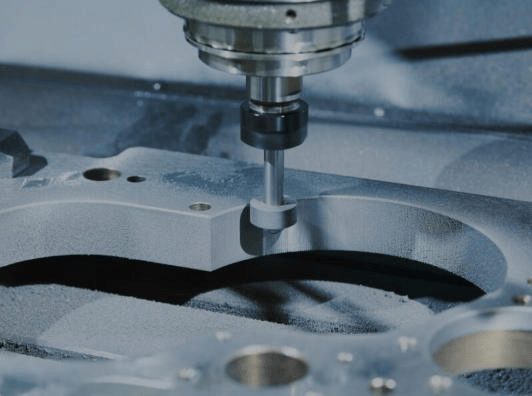
3. Anodizing
Anodizing is an electrochemical surface treatment done mainly on aluminium parts, improving its durability and design with the added corrosion resistance. It increases a surface’s hardness and allows for a wide range of colors, improving the aesthetics of anodized parts. Aside from enhanced aesthetics, anodized parts in aerospace, electronic housings, and decorative components enjoy improved wear resistance.
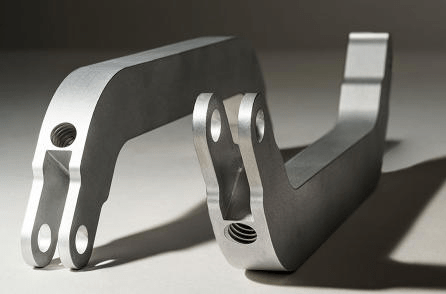
4. Electropolishing
Electropolishing provides a smooth and easy-to-clean finish to components by removing a layer of material from the surface at microscopic levels. Stainless steel parts in the medical, pharmaceutical, and food industries benefit from this technique as it removes burrs and is crucial for hygiene and corrosion resistance.
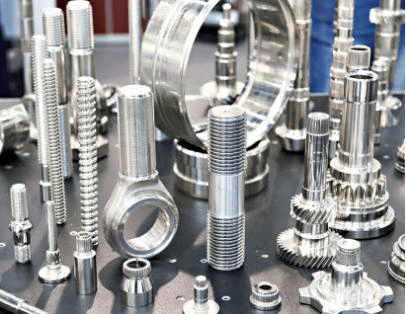
5. Brushing
Using brushing techniques with abrasive brushes allows for the creation of a unique texture on CNC parts by giving a brushed finish which results in reduced reflectivity. It is used to enhance the aesthetics of surfaces and is primarily used for consumer products, cases, and design-centric products where appearance matters.
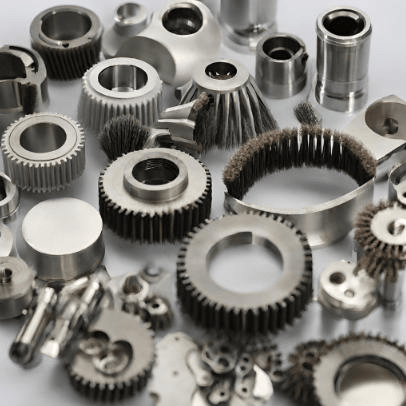
6. Powder Coating
Powder coating involves applying a dry powder electrostatically to a part and then curing it with heat to form a durable, protective layer. The result is a strong, uniform finish available in various colors and textures. Powder coating provides excellent resistance to scratches, chemicals, and wear, making it suitable for both industrial and consumer products.

7. Plating
The addition of chrome, gold, zinc, or nickel to a CNC part is done in a process called plating. The protective layer prevents corrosion and improves the surface hardness as well as electrical conductivity of the part. Plating is used for mechanical components and other decorative and electronic parts.
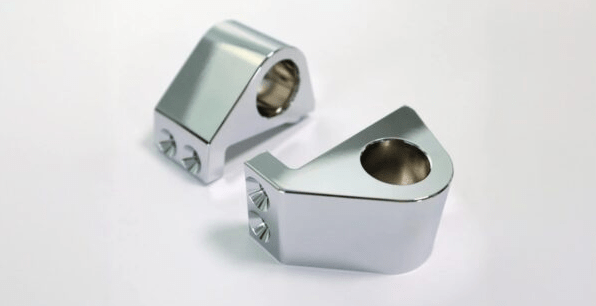
Key Factors to Consider for Selecting a Surface Finish for CNC Parts
Every surface finish of CNC parts is unique and comes with its own set of pros and cons, making it a multifaceted issue to determine the right one, from the surface’s material attributes to the application’s demands.
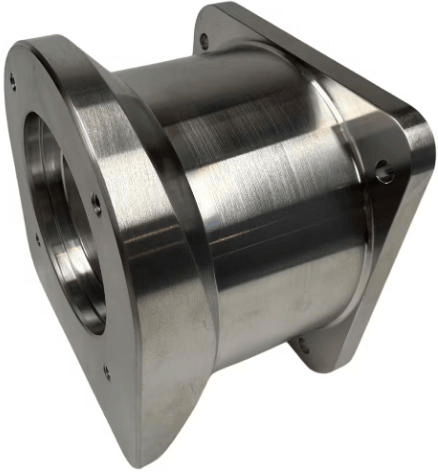
Surface Finish of CNC Parts
- Material Characteristics
The base material plays a decisive role in determining which surface finish is most suitable.
Here’s a clear chart summarizing common materials used for surface finishing of CNC parts along with typical finishing methods and key benefits
| Material | Common Surface Finishing Techniques | Key Benefits | Typical Applications |
| Aluminum | Anodizing, Polishing, Bead Blasting, Powder Coating | Corrosion resistance, hardness, aesthetic coloring | Electronics housings, automotive parts, aerospace components |
| Stainless Steel | Electropolishing, Passivation, Brushing, Polishing | Burr-free, hygienic, corrosion resistance, aesthetic | Medical devices, food processing, pharmaceutical equipment |
| Carbon Steel | Powder Coating, Plating (Zinc/Nickel), Painting | Rust protection, wear resistance, durability | Industrial machinery, mechanical parts, structural components |
| Titanium | Polishing, Anodizing, Electropolishing | Corrosion resistance, surface hardness, biocompatibility | Aerospace parts, medical implants, high-performance components |
| Brass | Polishing, Brushing, Protective Coatings | Aesthetic appeal, tarnish prevention, smooth finish | Decorative components, fittings, musical instruments |
| Copper | Polishing, Plating (Nickel/Gold), Electroplating | Conductivity, corrosion resistance, appearance | Electrical components, decorative parts, heat exchangers |
| Plastics (e.g., ABS, Nylon) | Polishing, Coating, Vapor Smoothing | Smooth surface, improved appearance, scratch resistance | Consumer products, housings, medical devices |
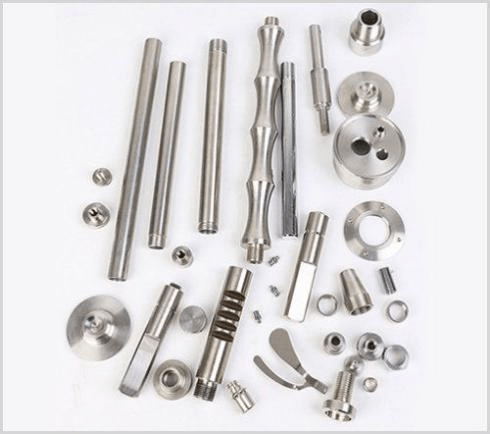
- Functional Requirements
The function of a CNC part often determines how it needs to be finished. Polishing or applying certain low-friction coatings is necessary for any component experiencing friction. Part of an electrical element might require a conductive finish like plating with nickel. Surfaces of medical and food grade components should be free from contamination and for these electropolished finish is necessary. The finish should meet the operational requirements of the part for optimum performance and dependability.
- Environmental Conditions
A CNC part’s function also takes into consideration the environment it will be operating in. Exposed components needing to resist corrosion from moisture, salt, or chemicals will require some form of protective finish, be it anodizing, plating, or powder coating. Environmental resistance is often required for marine and aerospace components, while other consumer products might be used indoors and focus more on aesthetics than extreme durability.
- Aesthetic Considerations
In some fields, an appealing product is equally as important as its effective operation. Electronics, high-end products, and even medical apparatuses have to be polished, brushed or anodized to meet certain standards of the brand. A proper surface finish may allow a customer to turn a functional element into an attractive piece ready to be sold on the market.
- Cost and Production Volume
The budget and scale are some practical factors that have an influence on the choices made for surface finishing. More advanced methods such as Physical Vapor Deposition (PVD) and electropolishing are expensive approaches, but may be deemed reasonable for niche applications.
For large volume production balancing production expenditures and cost, bead blasting or powder coating becomes reasonable options. The manufacturers need to analyze the finishing cost in conjunction with the additional value it adds to the product.
- Industry Standards and Regulations
Some industries have strict standards for surface finishing. Medical instruments have to comply with certain levels of hygiene and need to be sterilized. The aerospace and automotive industries have their own standards about durability and anti-corrosion. Finishing options that support the underlying surface and have cost-cutting standards can guarantee compliance as well as the potential for rejection or failure in the field.

Future Developments in Surface Finishing for CNC Parts
Imminent innovations surface finishing for CNC parts are likely to enhance the performance, efficiency and customization that CNC Components offer.
- Advanced Coating Technologies
More recent advancements in coating technologies, such as Physical Vapor Deposition (PVD) and Chemical Vapor Deposition (CVD) processes, are increasingly applied to CNC components to add ultra-hard, wear-resistant, and decorative surfaces to components.
Technologies such as these enable manufacturers to create thin, uniform layers that are dimensionally accurate and significantly prolong the life of components. Further development of these processes is anticipated to increase the variety of coatings offered, adding surface functional coatings that lower friction, increase heat resistance, or provide the surface with antibacterial characteristics.
- Laser and Plasma Surface Treatments
Laser and plasma surface treatments are gaining increasing attention for the ability to modify surface characteristics without losing the underlying geometry of the component. Laser treatments create micro-patterns on surfaces to reduce friction, improve coating adhesion, or enhance hydrophobic properties.
Plasma treatments are gaining attention for the ability to environmentally improve the surface energy of a material to enhance the corrosion resistance of polyurethanes and paints used with thermoplastics.
- Automation and Smart Finishing Systems
Automation and smart surface finishing technologies integrate robotics with AI and advanced machine vision systems to transform traditional workflows. Finishing systems enable real-time adjustments of process parameters to optimize the desired result, reducing the number of defects and improving overall process consistency.
Smart sensors are anticipated to provide surface roughness and coating thickness measurements to enable dynamic control of automated quality control systems to reduce the number of manual inspections.
- Eco-Friendly and Sustainable Methods
Sustainability has become an increasingly important consideration in the industry. The future goals of surface finishing processes are minimizing the use of chemicals, minimizing the waste generated, and minimizing energy use.
Coatings for water and low temp curing alternatives processes are getting preferred as they are considered ecologically safe options along with meeting the performance standards. Biodegradable abrasive media are other examples of surface finishes performance compliant and safe.
- Customized and Functional Surface Finishes
Next-generation surface finishing techniques will increasingly focus on customized surface properties. Some CNC parts could be engineered with prescribed microtextures and certain friction or hydrophobic coefficients for specific operational criteria.
Specialized functional finishes could augment optical performance, impart better wear resistance, or diminish bacterial growth to produce parts for specific applications like medical devices, aerospace, or high-performance electronics.

Summary
Optimum surface finishing method with regard to material type, application needs and industry standards ensures the CNC parts are not only dimensionally precise but also have high performance and durability. The integration of innovation in CNC machining technology, along with the advancement of finishing methods, will broaden the scope for customized, high-grade CNC components.

